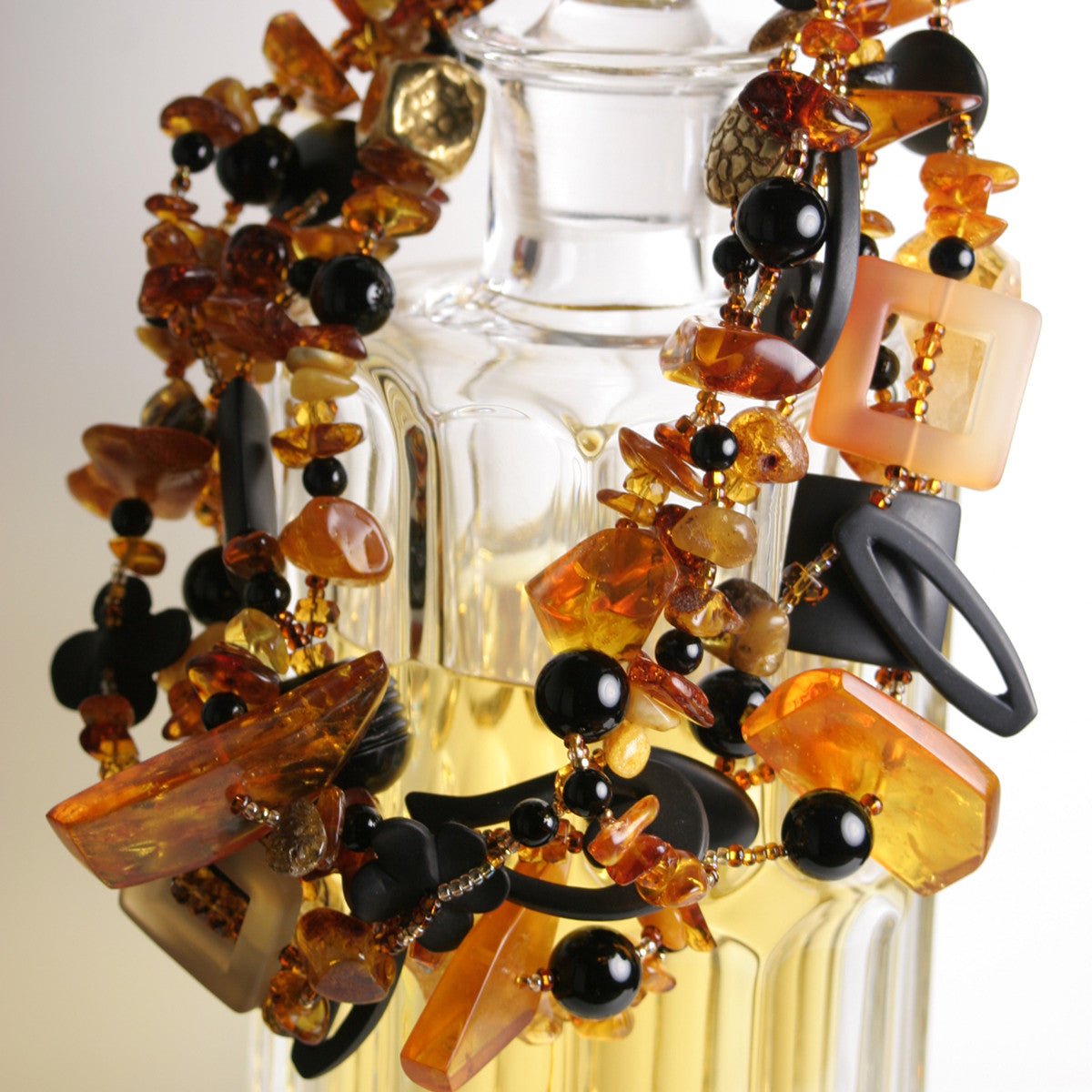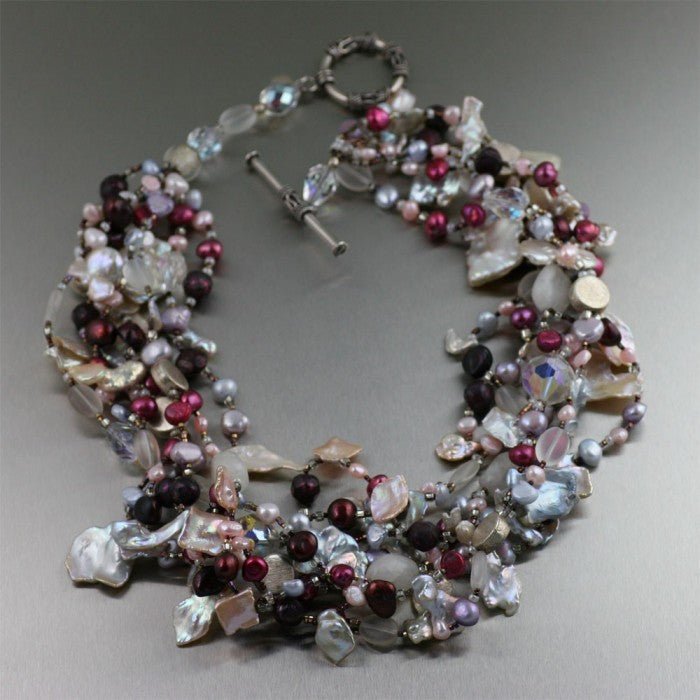A Lesson in Cutting Asteriated Gemstones

Ruby, sapphire, garnet, moonstone, cat’s eye-beryl, quartz, chrysoberyl, eye tourmaline, eastatite, diopside, even opal in rare instances — they all share that magic irony of turning dense rutile impurities into blazing asterism. Yet despite the fact that a dozen or so such materials occur around the world, that the price of good rough varies from a few pennies per gram to over a thousand dollars a gram, few lapidaries know how to cut asteriated materials and fewer still make a specialty of it.
Cutting and polishing asteriated gems are a challenge. Besides that, it’s sort of a way to bring home a touch of India to the folks who may never get to the Asea. You don’t find many star rubies and sapphires in the Midwest. However, anyone trained in the basics of lapidary can start cutting star stones right away, since the only real change is knowing how to choose and orient your rough stone.
Bad material won’t star for all your labor, and even the best material can’t star is oriented improperly. Patience is key. Don’t hesitate to spend a lot of time in between steps. Recheck your orientation. Rewash your hands and your stones and your dopstick. Your rough stone is eons old and your finished gem will last for eons more, so take your time with it.
The first step is selecting good material. To do that, you should go to a good importer or a lapidary supply that specializes in asteriated materials. Most lapidary supply houses only handle mine run material, for the best grades can cost a king’s ransom. Nevertheless, you don’t have to cut rubies like a pro. Star garnet is inexpensive in the four- ray variety, at least, and even the six-ray garnet is nowhere near as expensive as other materials. Even some quartz will star, though often so faintly that such stones are actually backed with mirror to reflect more light up through the stone and make the star more visible.
To select material, you need a refractive liquid such as Refractol, which is a heavy oil about like Motor Honey or STP. Such motor products would also work, but refractive liquids are more colorless. Be sure that you examine your rough under strong sunlight or under clear, unfrosted light bulbs. Frosted bulbs or florescent lighting tends to wash out the star and make it impossible to judge tough. Strong sunlight is by far the best. Even in a finished stone, a star that looks bright and distinct under unfrosted light will gain new brightness and sharpness when viewed in sunlight. The rays narrow in sunlight, concentrating to their full brilliance.
So take the rough into the sun and go star hunting amid the crystal axis. To do this, you have to understand how the crystal is made, so just imagine that Corundum is aluminum oxide that grows like a six-sides tree, up and out at the same time, so that if you slice across it, you expose growth rings inside, like the growth rings inside a tree, except of course, that the “rings” aren’t circles. They are hexagons, radiating out from the center like a six-sided target. There is your star, radiating out of that center with six rays that go to the middle of each side. Each of those rays continues straight down one side.
Now if you cut this crystal like a sphere, you would have two stars, on opposite sides, and the rays would extend down like lines of longitude on a globe, radiating from the poles and touching at the equator. Slice along the equator and you have two star cabochons. Slice each one of these in the same direction, regrind, and you would have more star cabochons. But suppose you cut the other way, taking a slice down the side of the crystal, pole to pole. Then, of course, you would have no star, but only the ray that came down that side of the crystal. Cut it so the ray comes straight down the center of the cabochon, and that is how eat’s eye is made, which looks stunning set in a handmade ring setting.
So now you know how to imagine the orientation of a corundum crystal. If you have a nice six-sided crystal, all you have to do is turn it so that you are looking down on a hexagon and you know that you are looking at one of the ends of the crystal, not at one of the six sides. There in the center of each end will be the center of each star, so it’s there that you’ll put your refractive fluid. That is, if you had a nice six-sided crystal.
But suppose that you’re holding a lump of mine run or massive material that’s so broken or rounded that it doesn’t look like any kind of crystal. This is what you are likely to have, but you can orient it easy enough. First, let’s look at outward appearances.
You have a lump of corundum. If it is any shade of red, it is ruby, and if it is any other color from blue to green or yellow or combinations of those colors, then it is sapphire. They are all the same crystal and star the same, so you begin by trying to figure out where the stars lie. If there are any.
Asterism starring is caused by the density of rutile impurities in the stone. The same impurities that spoil clear rubies and sapphires and turn them into ugly junkite useful only as industrial abrasive, those same impurities can become so concentrated that the optics — and the price — of the stone takes a sudden about face. Enough rutile impurities make stars.
So don’t be surprised if your lump of corundum looks foggy and streaked with rutile, for that’s the stuff that stars are made of. Your problem at this point is trying to determine what part of this lump is the end of the crystal. Here’s how you tell.
As you turn your specimen in the sunshine, you see a faint sheen no more impressive than you might see on a piece of roughed up calcite. On ruby, this satiny sheen will be silver on the sides of the crystal, but more golden on either end of the crystal, where the stars lie. On sapphire, the sheen will be black on sides of the crystal, turning to a lighter silver on the ends. Find an “end” and you find the star.
But sometimes color can’t guide you as neatly as that, so just pick the cleanest surface and try your refractive fluid there. And if that isn’t possible, you may have to grind a little window — anyplace, just pick a place, but remember that you’re grinding away carat weight. Grind a window where you won’t lose much and try the refractive fluid.
The fluid comes out thick like ice cream and it will take a second for the nipple on top of the droplet to settle down into a lens. That lens lasts only for an instant, however, because it continues to flatten, so you only get a glimpse of the star or leg. But fluid is cheaper than rough, so just wipe it off and try it again, and again, and again, if you have to.
If you’re lucky, you may see a star right there. If not, you’ll find only one “leg” or ray of a star, but that’s all right. Just mark the directions of that leg, tracing over it with an aluminum pencil (aluminum welding rod ground to a point makes an excellent instrument for this). Once you know the direction of one leg, you can turn the specimen, following the leg in either direction, and grind another window. In this way you can find where the rays intersect and there is your star. Like the roads around Rome, all rays lead to a star.
It is possible to have a crystal broken in such a way that the star occurs only at the edge, so that into cab can be ground with the star in the center — or you may have to grind a very small cab in order to center the star, but that’s bad luck and there’s nothing you can do about that. Except buy another piece instead. Usually you will have the choice of cutting one very deep cab, or of slicing the crystal so that you get two shallower cabs. And here you have to consider the material. For some reason, ruby seems to star more faintly than sapphire, so rubies should be cut deeper in order to allow the extra stone depth to concentrate the asterism. (By contrast, the star in synthetic stones does not shine up from the stone’s depth, but rather moves only across the surface of the gem. This difference is difficult to see at first unless you have a natural and a Linde stone to compare side by side.)
It is also possible to cut a dome that is too deep to aid a star. If the dome is too high, you can actually cut off the rays of the star and reduce it to a shiny spotlight or irregular patch called a “girasol.” Some rough won’t do anything but girasol no matter how it’s cut, so you have to be careful in your choice.
Now it’s time to dop the stone. If you have a small piece and are going to cut only one cab from it, then pick one of the two crystal ends and grind it flat to use as a base on the dopstick. If you have a longer crystal and want two cabs, you’ll have to slice it in two (remember the equator) and each of those sawed surfaces can then be dopped.
The very best way of dopping these stones is to use a brass dopstick and Epoxy. This makes the strongest bond possible, insures that you won’t have to chase your rough around the room, and is very easy to remove. Just heat the dopstick in a small flame and your stone will fall off. Easy. So dop your stone with Epoxy and you’re ready to start.
John Brana
Author
John S Brana, based in San Francisco, is the founder of John S Brana Handmade Jewelry and President of Galleria NuVo, Inc. with over two decades of expertise in crafting distinctive handcrafted pieces. Transitioning from a finance and banking career in 2004, John manages everything from design to marketing. His modern, urban-inspired creations have graced fashion editorials, resonating with stylish, adventurous enthusiasts who value exquisite craftsmanship and luxury. Every piece narrates a distinct tale, mirroring the wearer's individuality.
Also in Gemstone Jewelry Blog
Unveiling the Mystique of Moonstone: History, Geology, and Spiritual Significance
Recent Articles
-
Fine Gemstone Jewelry Throughout the Year
Published date:September 22, 2023
-
June Birthstones: The Allure of Pearls and Moonstones
Published date:June 05, 2023
-
Unveiling the Mystique of Moonstone: History, Geology, and Spiritual Significance
Published date:June 01, 2023
-
The Aquamarine: A Gemstone of Serenity and Courage
Published date:July 22, 2022
-
Your Guide to the Blue Topaz Gemstone
Published date:November 21, 2018
-
A Lesson in Cutting Asteriated Gemstones
Published date:October 08, 2018
-
Jewelry Must-Have: A Gem-Drenched Necklace
Published date:December 15, 2015
-
Peridot – August’s Birthstone
Published date:August 01, 2014
-
Amber Citrine Crystal Quartz Beaded Gemstone Necklace
Published date:March 10, 2014
-
Amazonite Gemstone Jewelry
Published date:February 18, 2014



